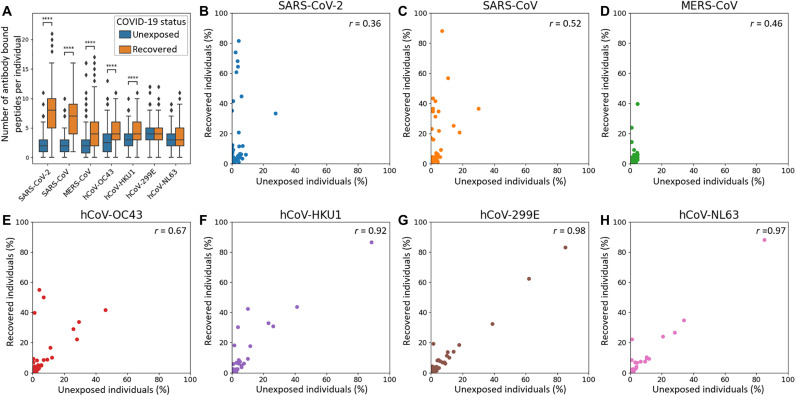Fig. 2. Detection of a high serum prevalence of seasonal hCoVs, interindividual variability of antibody repertoires against SARS-CoV-2, and cross-reactive antibody responses against seasonal hCoVs upon SARS-CoV-2 infection.
(A) The numbers of antibody bound peptide antigens of hCoVs per individual are compared between unexposed individuals (n = 260) and recovered patients with COVID-19 (n = 269). For SARS-CoV-2, only peptides of the reference genome are included, whereas variants are not shown (listed in data file S3). The MERS-CoV peptides shown include also the variant b CoV England 1. The center line shows the median; box limits indicate the 25th and 75th percentiles as determined by Seaborn software; whiskers extend 1.5 times the interquartile range from the 25th and 75th percentiles, and outliers are represented by dots. Significance between the groups was calculated with the Mann-Whitney test (****P < 10−4; see fig. S5 for additional P value criteria). (B to H) Antibody responses in unexposed individuals and recovered patients with COVID-19 shown for each hCoV strain separately. Each dot represents a peptide with its abundance in the respective cohort plotted on the x/y axes. The correlation coefficient (Pearson r) between the groups of unexposed individuals and recovered individuals is displayed in the top right corner of each panel.

